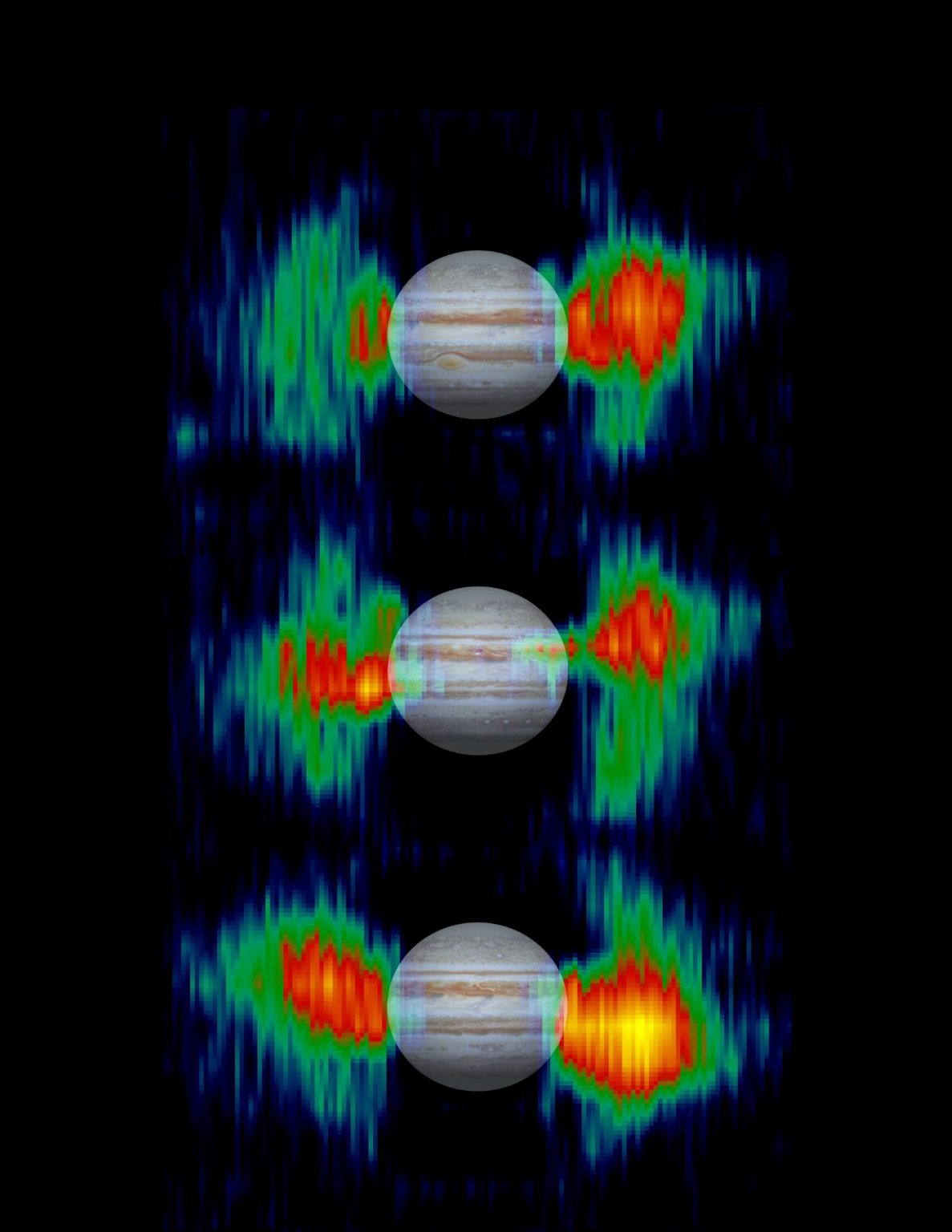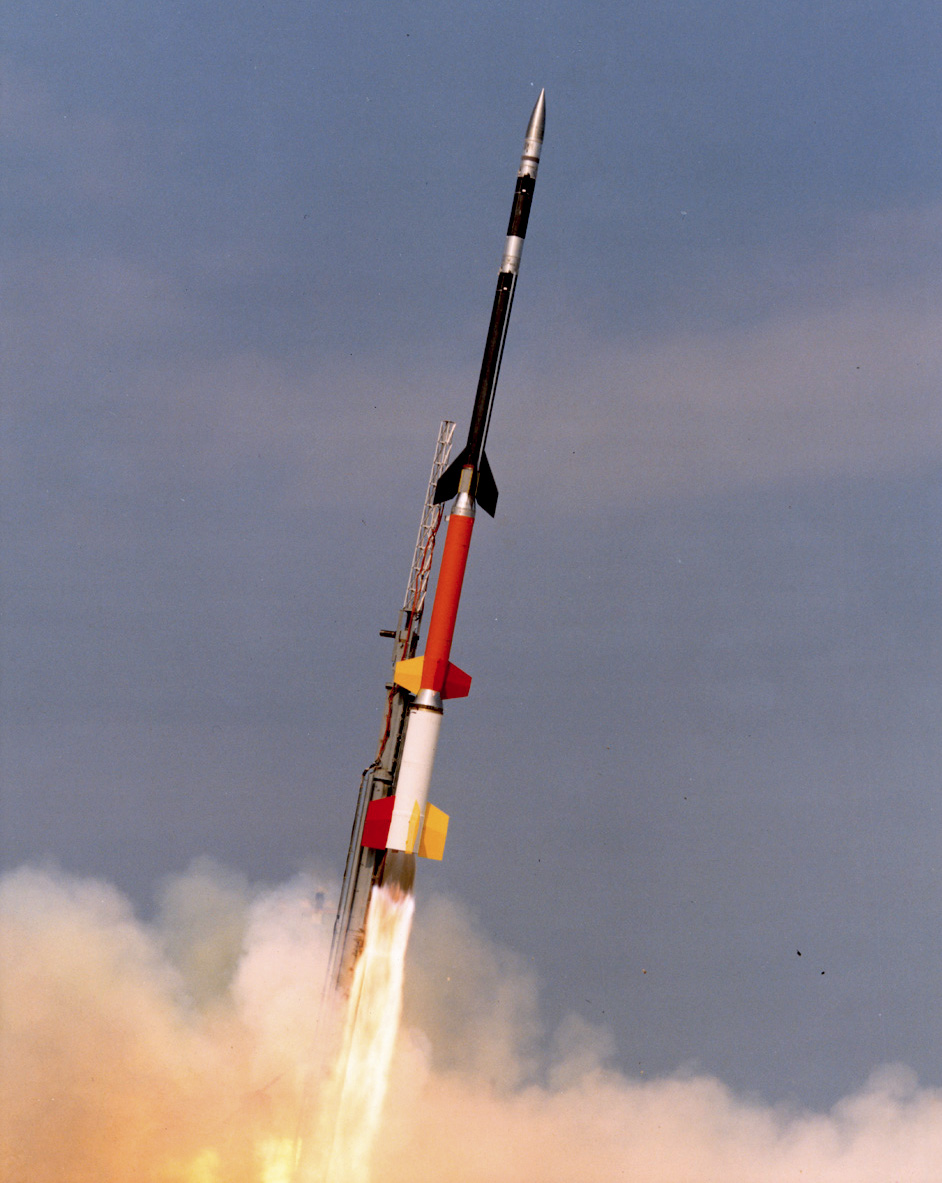|
International Geophysical Year
The International Geophysical Year (IGY; ), also referred to as the third International Polar Year, was an international scientific project that lasted from 1 July 1957 to 31 December 1958. It marked the end of a long period during the Cold War when scientific interchange between East and West had been seriously interrupted. Sixty-seven countries participated in IGY projects, although one notable exception was the mainland China, People's Republic of China, which was protesting against the participation of the Republic of China (Taiwan). East and West agreed to nominate the Belgian Marcel Nicolet as secretary general of the associated international organization. The IGY encompassed fourteen Earth science disciplines: Auroral light, aurora, airglow, cosmic rays, Earth's magnetic field, geomagnetism, gravity, ionosphere, ionospheric physics, longitude and latitude determinations (precision mapping), meteorology, oceanography, Ionizing radiation, nuclear radiation, glaciology, seismo ... [...More Info...] [...Related Items...] OR: [Wikipedia] [Google] [Baidu] |
Oceanography
Oceanography (), also known as oceanology, sea science, ocean science, and marine science, is the scientific study of the ocean, including its physics, chemistry, biology, and geology. It is an Earth science, which covers a wide range of topics, including ocean currents, waves, and geophysical fluid dynamics; fluxes of various chemical substances and physical properties within the ocean and across its boundaries; ecosystem dynamics; and plate tectonics and seabed geology. Oceanographers draw upon a wide range of disciplines to deepen their understanding of the world’s oceans, incorporating insights from astronomy, biology, chemistry, geography, geology, hydrology, meteorology and physics. History Early history Humans first acquired knowledge of the waves and currents of the seas and oceans in pre-historic times. Observations on tides were recorded by Aristotle and Strabo in 384–322 BC. Early exploration of the oceans was primarily for cartography and mainly ... [...More Info...] [...Related Items...] OR: [Wikipedia] [Google] [Baidu] |
Plate Tectonics
Plate tectonics (, ) is the scientific theory that the Earth's lithosphere comprises a number of large tectonic plates, which have been slowly moving since 3–4 billion years ago. The model builds on the concept of , an idea developed during the first decades of the 20th century. Plate tectonics came to be accepted by Earth science, geoscientists after seafloor spreading was validated in the mid-to-late 1960s. The processes that result in plates and shape Earth's crust are called ''tectonics''. Tectonic plates also occur in other planets and moons. Earth's lithosphere, the rigid outer shell of the planet including the crust (geology), crust and upper mantle, is fractured into seven or eight major plates (depending on how they are defined) and many minor plates or "platelets". Where the plates meet, their relative motion determines the type of plate boundary (or fault (geology), fault): , , or . The relative movement of the plates typically ranges from zero to 10 cm annu ... [...More Info...] [...Related Items...] OR: [Wikipedia] [Google] [Baidu] |
Explorer 1
Explorer 1 was the first satellite launched by the United States in 1958 and was part of the U.S. participation in the International Geophysical Year (IGY). The mission followed the first two satellites, both launched by the Soviet Union during the previous year, Sputnik 1 and Sputnik 2. This began a Space Race during the Cold War between the two nations. Explorer 1 was launched on 1 February 1958 at 03:47:56 Greenwich Mean Time, GMT (or 31 January 1958 at 22:47:56 Eastern Time) atop the first Juno I booster from Cape Canaveral Launch Complex 26, LC-26A at the Cape Canaveral Space Force Station, Cape Canaveral Missile Test Center of the Eastern Range, Atlantic Missile Range (AMR), in Florida. It was the first spacecraft to detect the Van Allen radiation belt, returning data until its batteries were exhausted after nearly four months. It remained in orbit until 1970. Explorer 1 was given Satellite Catalog Number 00004 and the Harvard designation 1958 Alpha 1, the forerunner to ... [...More Info...] [...Related Items...] OR: [Wikipedia] [Google] [Baidu] |
Van Allen Belt
The Van Allen radiation belt is a zone of energetic charged particles, most of which originate from the solar wind, that are captured by and held around a planet by that planet's magnetosphere. Earth has two such belts, and sometimes others may be temporarily created. The belts are named after James Van Allen, who published an article describing the belts in 1958. Earth's two main belts extend from an altitude of about above the surface, in which region radiation levels vary. The belts are in the inner region of Earth's magnetic field. They trap energetic electrons and protons. Other nuclei, such as alpha particles, are less prevalent. Most of the particles that form the belts are thought to come from the solar wind while others arrive as cosmic rays. By trapping the solar wind, the magnetic field deflects those energetic particles and protects the atmosphere from destruction. The belts endanger satellites, which must have their sensitive components protected with adequat ... [...More Info...] [...Related Items...] OR: [Wikipedia] [Google] [Baidu] |
Sputnik 1
Sputnik 1 (, , ''Satellite 1''), sometimes referred to as simply Sputnik, was the first artificial Earth satellite. It was launched into an elliptical low Earth orbit by the Soviet Union on 4 October 1957 as part of the Soviet space program. It sent a radio signal back to Earth for three weeks before its three silver-zinc batteries became depleted. Aerodynamic drag caused it to fall back into the atmosphere on 4 January 1958. It was a polished metal sphere in diameter with four external radio antennas to broadcast radio pulses. Its radio signal was easily detectable by amateur radio operators, and the 65° orbital inclination made its flight path cover virtually the entire inhabited Earth. The satellite's success was unanticipated by the United States. This precipitated the American Sputnik crisis and triggered the Space Race. The launch was the beginning of a new era of political, military, technological, and scientific developments. The word ''sputnik'' is Russian for ... [...More Info...] [...Related Items...] OR: [Wikipedia] [Google] [Baidu] |
Satellite
A satellite or an artificial satellite is an object, typically a spacecraft, placed into orbit around a celestial body. They have a variety of uses, including communication relay, weather forecasting, navigation ( GPS), broadcasting, scientific research, and Earth observation. Additional military uses are reconnaissance, early warning, signals intelligence and, potentially, weapon delivery. Other satellites include the final rocket stages that place satellites in orbit and formerly useful satellites that later become defunct. Except for passive satellites, most satellites have an electricity generation system for equipment on board, such as solar panels or radioisotope thermoelectric generators (RTGs). Most satellites also have a method of communication to ground stations, called transponders. Many satellites use a standardized bus to save cost and work, the most popular of which are small CubeSats. Similar satellites can work together as groups, forming constellatio ... [...More Info...] [...Related Items...] OR: [Wikipedia] [Google] [Baidu] |
Soviet Union
The Union of Soviet Socialist Republics. (USSR), commonly known as the Soviet Union, was a List of former transcontinental countries#Since 1700, transcontinental country that spanned much of Eurasia from 1922 until Dissolution of the Soviet Union, it dissolved in 1991. During its existence, it was the list of countries and dependencies by area, largest country by area, extending across Time in Russia, eleven time zones and sharing Geography of the Soviet Union#Borders and neighbors, borders with twelve countries, and the List of countries and dependencies by population, third-most populous country. An overall successor to the Russian Empire, it was nominally organized as a federal union of Republics of the Soviet Union, national republics, the largest and most populous of which was the Russian SFSR. In practice, Government of the Soviet Union, its government and Economy of the Soviet Union, economy were Soviet-type economic planning, highly centralized. As a one-party state go ... [...More Info...] [...Related Items...] OR: [Wikipedia] [Google] [Baidu] |
Solar Cycle 19
Solar cycle 19 was the nineteenth solar cycle since 1755, when extensive recording of solar sunspot activity began. The solar cycle lasted 10.5 years, beginning in April 1954 and ending in October 1964. The International Geophysical Year occurred at the peak of this solar cycle. The maximum smoothed sunspot number observed during the solar cycle was 285.0, in March 1958 (the highest on record), and the starting minimum was 5.1.SIDC Monthly Smoothed Sunspot Number. During the minimum transit from solar cycle 19 to 20, there were a total of 227 days with no sunspots. This was the lowest number since 1850.Spotless Days.Solaemon's Spotless Days Page. Extreme events A geomagnetic storm in February 1956 interfered with radio communications and prompted a search for the British submarine ''Acheron The Acheron ( or ; ''Acheron'' or Ἀχερούσιος ''Acherousios''; ''Acherontas'') is a river in the Epirus (region), Epirus region of northwest Greece. It is long, and has a d ... [...More Info...] [...Related Items...] OR: [Wikipedia] [Google] [Baidu] |
Space Weather
Space weather is a branch of space physics and aeronomy, or heliophysics, concerned with the varying conditions within the Solar System and its heliosphere. This includes the effects of the solar wind, especially on the Earth's magnetosphere, ionosphere, thermosphere, and exosphere. Though physically distinct, space weather is analogous to the terrestrial weather of Earth's atmosphere of Earth, atmosphere (troposphere and stratosphere). The term "space weather" was first used in the 1950s and popularized in the 1990s. Later, it prompted research into "space climate", the large-scale and long-term patterns of space weather. History For many centuries, the effects of space weather were noticed, but not understood. Displays of aurora (astronomy), auroral light have long been observed at high latitudes. Beginnings In 1724, George Graham (clockmaker), George Graham reported that the needle of a magnetic compass was regularly deflected from magnetic north over the course of each day. ... [...More Info...] [...Related Items...] OR: [Wikipedia] [Google] [Baidu] |
Timeline Of Artificial Satellites And Space Probes
This timeline of artificial satellites and space probes includes uncrewed spacecraft including technology demonstrators, observatories, lunar probes, and interplanetary probes. First satellites from each country are included. Not included are most Earth science satellites, commercial satellites or crewed missions. Timeline 1950s 1960s 1970s 1980s 1990s 2000s 2010s 2020s References External links Current and Upcoming Launches { ... [...More Info...] [...Related Items...] OR: [Wikipedia] [Google] [Baidu] |
Sounding Rocket
A sounding rocket or rocketsonde, sometimes called a research rocket or a suborbital rocket, is an instrument-carrying rocket designed to take measurements and perform scientific experiments during its sub-orbital flight. The rockets are often used to launch instruments from above the surface of the Earth, the altitude generally between weather balloons and satellites; the maximum altitude for balloons is about and the minimum for satellites is approximately . Due to their suborbital flight profile, sounding rockets are often much simpler than their counterparts built for orbital flight. Certain sounding rockets have an apogee between , such as the Black Brant X and XII, which is the maximum apogee of their class. For certain purposes, sounding rockets may be flown to altitudes as high as to allow observing times of around 40 minutes to provide geophysical observations of the magnetosphere, ionosphere, thermosphere, and mesosphere. Etymology The origin of the term comes fr ... [...More Info...] [...Related Items...] OR: [Wikipedia] [Google] [Baidu] |







